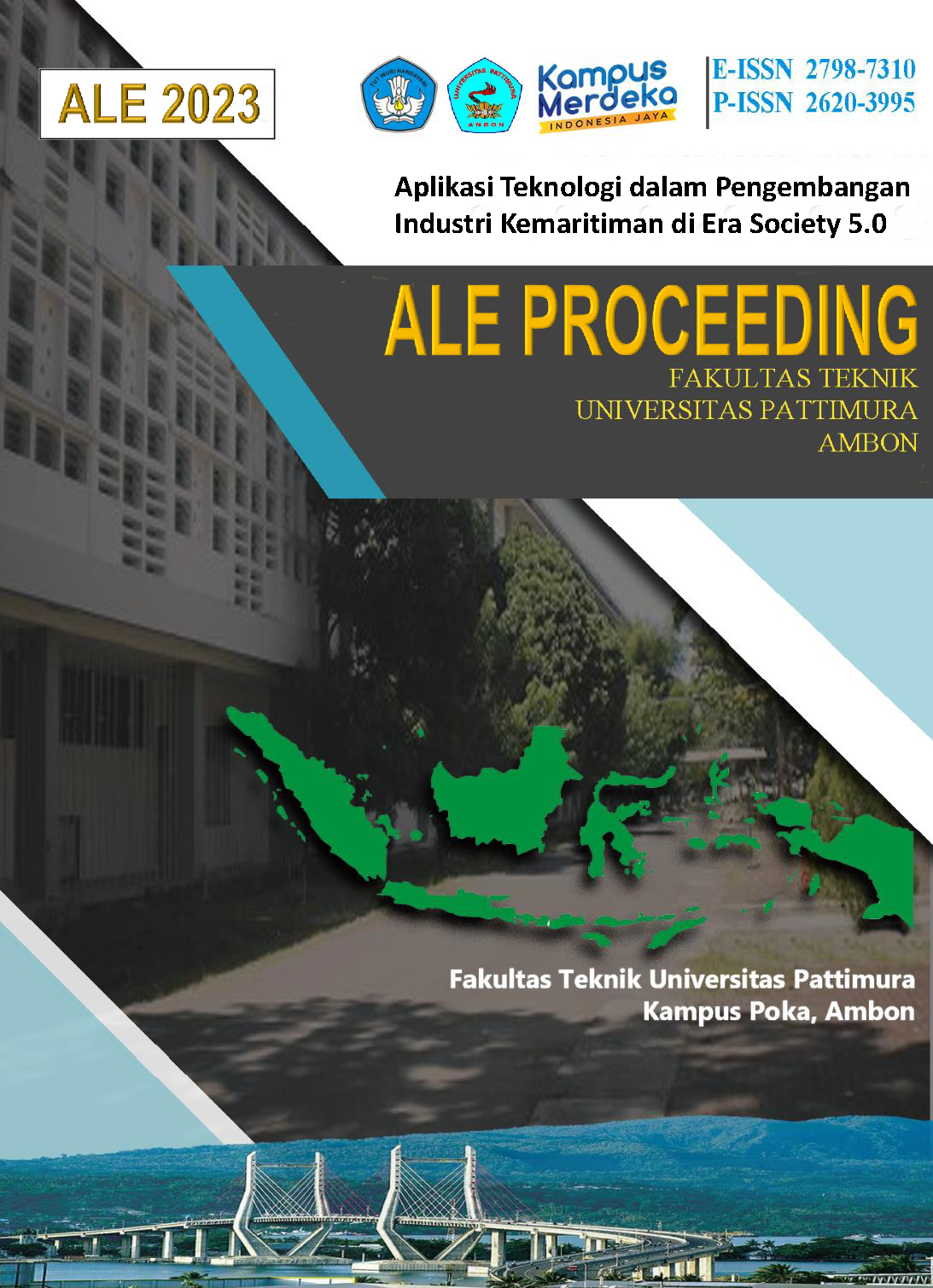APLIKASI MIKROKONTROLER BERBASIS SENSOR RADIO FREQUENSI IDENTIFICATION (RFID) SEBAGAI SISTEM PENGAMAN OTOMATIS
Abstract
Penelitian ini bertujuan mengimplementasikan system pengaman otomatis menggunakan mikrokontroler NodeMCU dengan memanfaatkan RFID tag dan keypad sebagai kunci utama berbasis Web server secara real time. Kunci pintu mekanik konvensional memiliki beberapa type pengunci secara teknis yakni; grendel, tuas, dan silinder, semua jenis kunci ini bekerja secara manual, dengan system yang bisa membuka dan menutup secara manual melalui komponen system tertentu . Model penguncian manual ini bisa dimodifikasi secara otomatis melalui system remote PIN (Personal Identification Number), Sidik Jari, serta RFID (Radio Frequency Identification) berbasis arduino UNO. Sistem yang dimodifikasi dalam penelitian ini dibuat menggunakan mikrokontroler (NodeMCU) dan sensor serta perangkat lunak berupa kode program yang ditanamkan ke memory mikrokontroler dalam menjalankan fungsinya sebagai pengunci, dan menggunakan E-KTP sebagai media pengunci yang terkoneksi dengan system yang dibuat. Keuntungan sistem pengunci pintu berbasis mikrokontroler (NodeMCU) dengan module wifi seperti ini, lebih praktis dalam pengunaannya, mudah dalam mengontrol akses masuk dan keluar sebuah ruangan tertentu secara lebih aman berbasis online secara realtime.
Downloads
References
Seprints.akakom.ac.id. pembahasan mengenai kunci konvensional dan kunci otomatis, (https://eprints.akakom.ac.id/145/8/123310011_BAB%20I.pdf
Radius.co.id/aplikasi - radio frequency – identification – rfid - pada – jwm - patrol-management - system/
Dang, H. T. 2013. Investigate And Design A 13.56MHz RFID Reader. Tesis. School Of Electrical Engineering Ho Chi Minh City International University (Vietnam National University). Ho Chi Minh.
Septriyanti dan Fitriyanti, 2017. “Rancang Bangun Aplikasi Kunci Pintu Otomatis Berbasis Mikrokontroler Arduino Menggunakan Smartphone Android”
Eko Saputro, 2016. RANCANG BANGUN PENGAMAN PINTU OTOMATIS MENGGUNAKAN E-KTP BERBASIS MIKROKONTROLER ATMEGA328.
De La Cruz, M., H. Guiterrez, dan A. Saavedra. 2011. Characterization Of And RFID Reader. IEEE 978-1-424-9557 3(11): 339-343.
Denoia, L. A. dan A. L. Olsen. 2009. RFID and Application Security. Journal Of Research and Practice in Information Technology41(3): 209-221.
Gabriel, A. K. Dan O. K. Boyinbode. 2011. The Place of Emerging RFID Technology in National Security and Development. International Journal of Smart Home 5(2): 37-43.
“Huawei.com’ Pembahasan mengenai jarak jangkauan Bluetooth
(consumer.huawei.com/id/support/content/in-id00411008)
Nwaji, O. G., N. C. Onyebuchi, dan Dr. O. F. Kelechi. 2013. Automatic Door Unit Radio Frequency Identification (RFID) Based Attedance System. International Journal Science and Emerging Technologies 5(6): 200-211.
Oxer, J. dan Blemings, H. 2009. Practical Arduino (Cool Projects For Open Source Hardware). Apress. NewYork.
Copyright (c) 2023 Latuhorte Wattimury, Fany Laamena, Charlos Mozes Tehubijuluw

This work is licensed under a Creative Commons Attribution-ShareAlike 4.0 International License.
An author who publishes in the ALE Proceeding agrees to the following terms:
- Author retains the copyright and grants ALE Proceeding the right of first publication of the work simultaneously licensed under the Creative Commons Attribution-ShareAlike 4.0 License that allows others to share the work with an acknowledgment of the work's authorship and initial publication in this journal.
- Author is able to enter into separate, additional contractual arrangements for the non-exclusive distribution of the journal's published version of the work (e.g., post it to an institutional repository or publish it in a book) with the acknowledgment of its initial publication in this journal.
- Author is permitted and encouraged to post his/her work online (e.g., in institutional repositories or on their website) prior to and during the submission process, as it can lead to productive exchanges, as well as earlier and greater citation of the published work (See The Effect of Open Access).
Read more about the Creative Commons Attribution-ShareAlike 4.0 Licence here: https://creativecommons.org/licenses/by-sa/4.0/.






